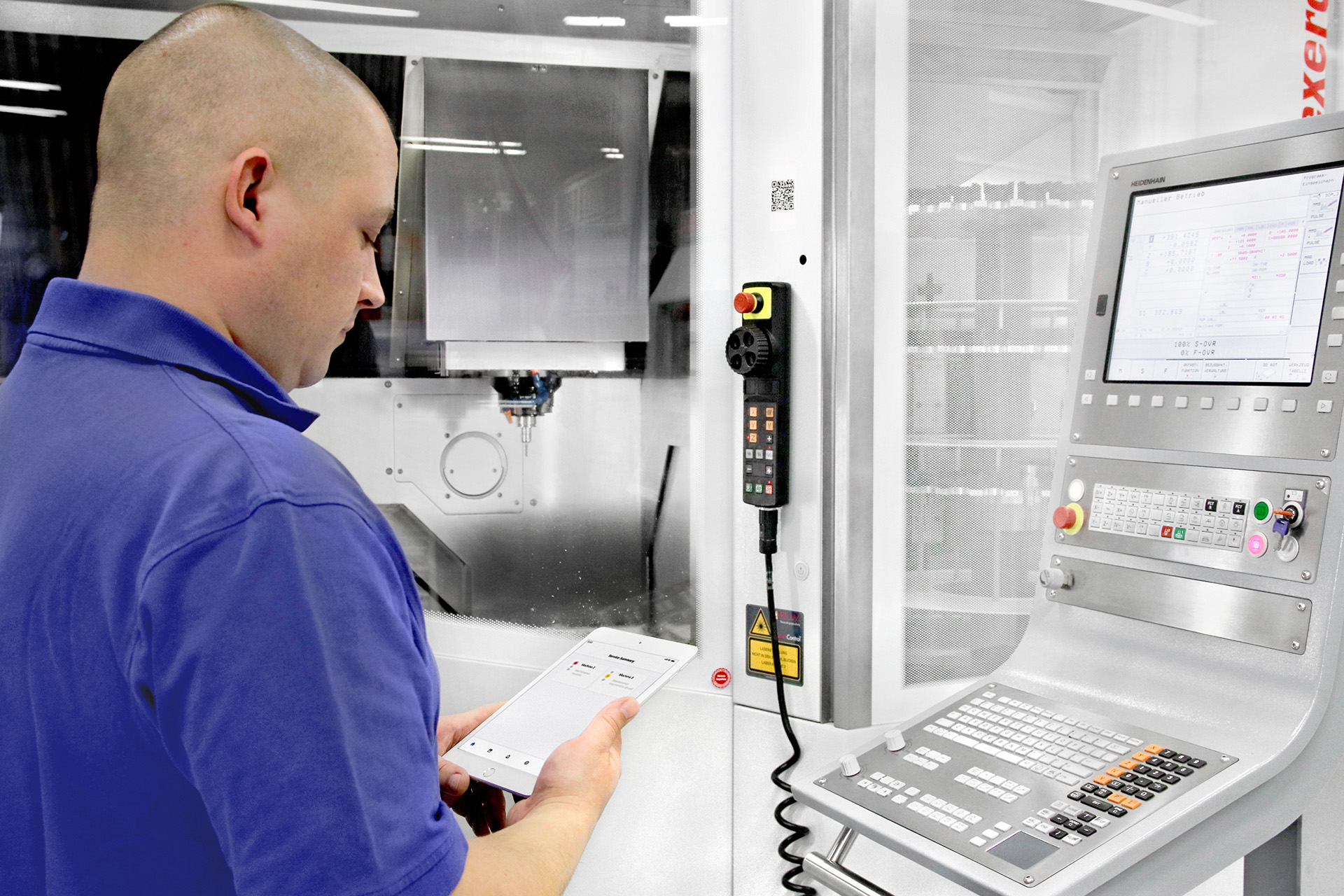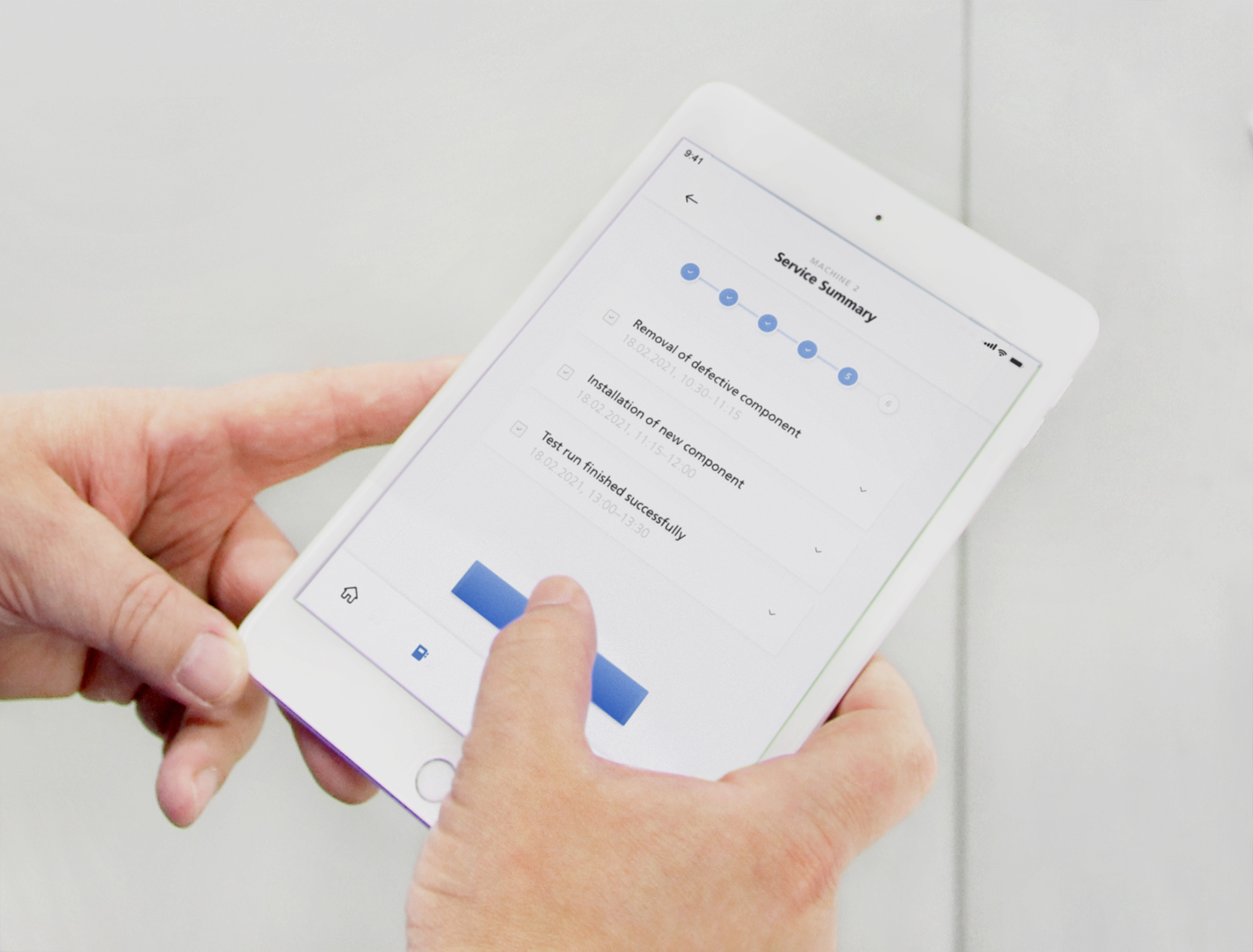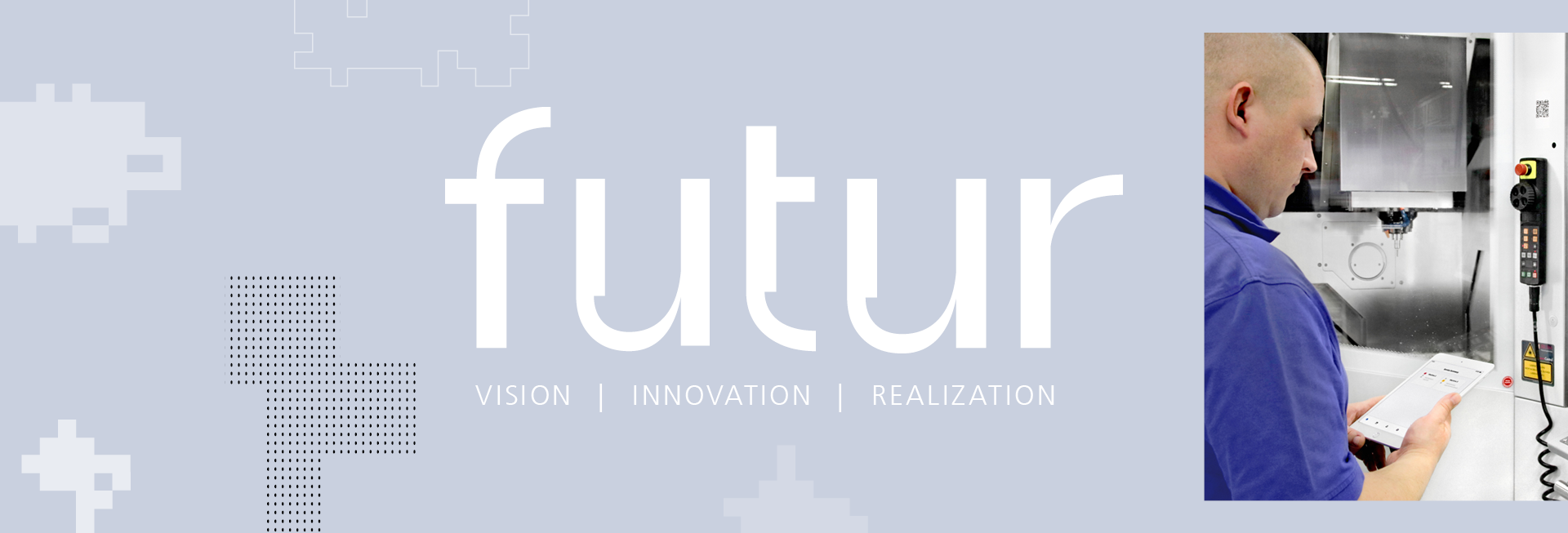Context Is Everything


Industrial production is a complex work environment. Workers are constantly confronted with entirely new tasks that sometimes only the most experienced and highly qualified specialists can handle. For example, a milling process that was previously running smoothly may suddenly produce rejects due to wear on the bearing in the milling spindle. Inexperienced workers who are not familiar with the mutual relationships between the machine and the process are quickly overwhelmed when it comes to identifying the cause, which is an essential step. This may pose a threat to the smooth running of production during a time when there is no end in sight to the shortage of skilled workers.
In order to introduce even low-skilled workers to such complex processes, »on-the-job training« can now be carried out with the aid of modern decision support systems. This trend is boosted by the increasing prevalence of intelligent mobile applications based on data glasses, smartwatches or tablets. Specific information and instructions for action related to the respective work step can thus be presented audiovisually in a manner that is easy to comprehend. Specific training videos can also be integrated, which employees can use for ongoing individual training.
A core area of application for such decision support systems is in the field of maintenance, repair and overhaul (MRO). When servicing machines and systems, it is particularly important to transparently document the steps that have been implemented so that other workers know what tasks have been performed. Mobile digital applications therefore support maintenance processes not only operationally, but also facilitate downstream documentation by automating it partially or even entirely.
Context sensitivity as a game changer
Maintenance processes are extremely diverse, making them difficult to automate and therefore requiring regular manual intervention. Service engineering professionals who keep machinery and equipment in good working order possess a large amount of tacit knowledge in order to correctly carry out damage analysis and repair. By using process descrip-tions, work instructions and checklists, industry and production science have been trying for some time to make this tacit knowledge explicit – and hence transferable.
This transferability reaches its limits in cases where the specific context of the individual process matters. One simple example is the maintenance of a coolant circuit: Depending on the fill level and the condition of other components, such as any impurities in the coolant, different process steps will need to be performed. If the fill level is too high and the cool-ant is in good condition, coolant must be drained. If it is too low, it needs to be topped up. If everything is OK, this must simply be documented. The fill level and coolant condition can be determined either manually or fully automatically via sensor data.
As part of a collaborative project, researchers at Fraunhofer IPK have therefore joined forces with CONTACT Software to develop a context-sensitive MRO decision support system based on digital twins. Various forms of input are continuously fed into the system, such as sensor values measured at the equipment’s location or photos taken by service personnel. A digital product twin of the object to be serviced is enriched with this information and transmits it back to the decision support system in real time. Both historical and current contextual information on the respective product is provided. This allows the condition of the machine or system to be accurately classified, known solution strategies to be selected, and faults to be efficiently rectified. During the MRO process, the system incorporates situation-dependent information into the specific work instructions for maintenance personnel at each work step.
Intelligence for a sustainable maintenance strategy
Context-sensitive decision assistance makes it possible to flexibly adapt maintenance procedures to constantly changing process conditions: The more precisely the condition of the machine or system can be described, the more selectively damage can be analyzed and repaired. Before and after the repair, automated tests can be run to validate the condition of the machine. The results are available in real time and in turn form the basis for subsequent tasks to be carried out.
The ongoing documentation, supported by the context-sensitive decision support system, not only serves to continuously update the digital twin, but also enables the creation of a history of errors and solutions, thus forming the basis for employing machine learning methods. For regularly occurring errors, typical solutions can be identified, which are automatically suggested when the same error occurs again. The intelligent prioritization of promising solutions also incorporates the historical and current context data for the respective problem.
By documenting these solution strategies in the digital twin, intelligent algorithms can not only assist service personnel with mapping solutions to problems in specific use cases. For company management, they also pave the way towards an intelligent, sustainable maintenance strategy, in which faults can be detected at an early stage and ideally be eliminated preventively. Such predictive solution strategies are optimally supported by intelligent mobile decision support systems in the context of what is called »smart maintenance«.
 Fraunhofer Institute for Production Systems and Design Technology
Fraunhofer Institute for Production Systems and Design Technology